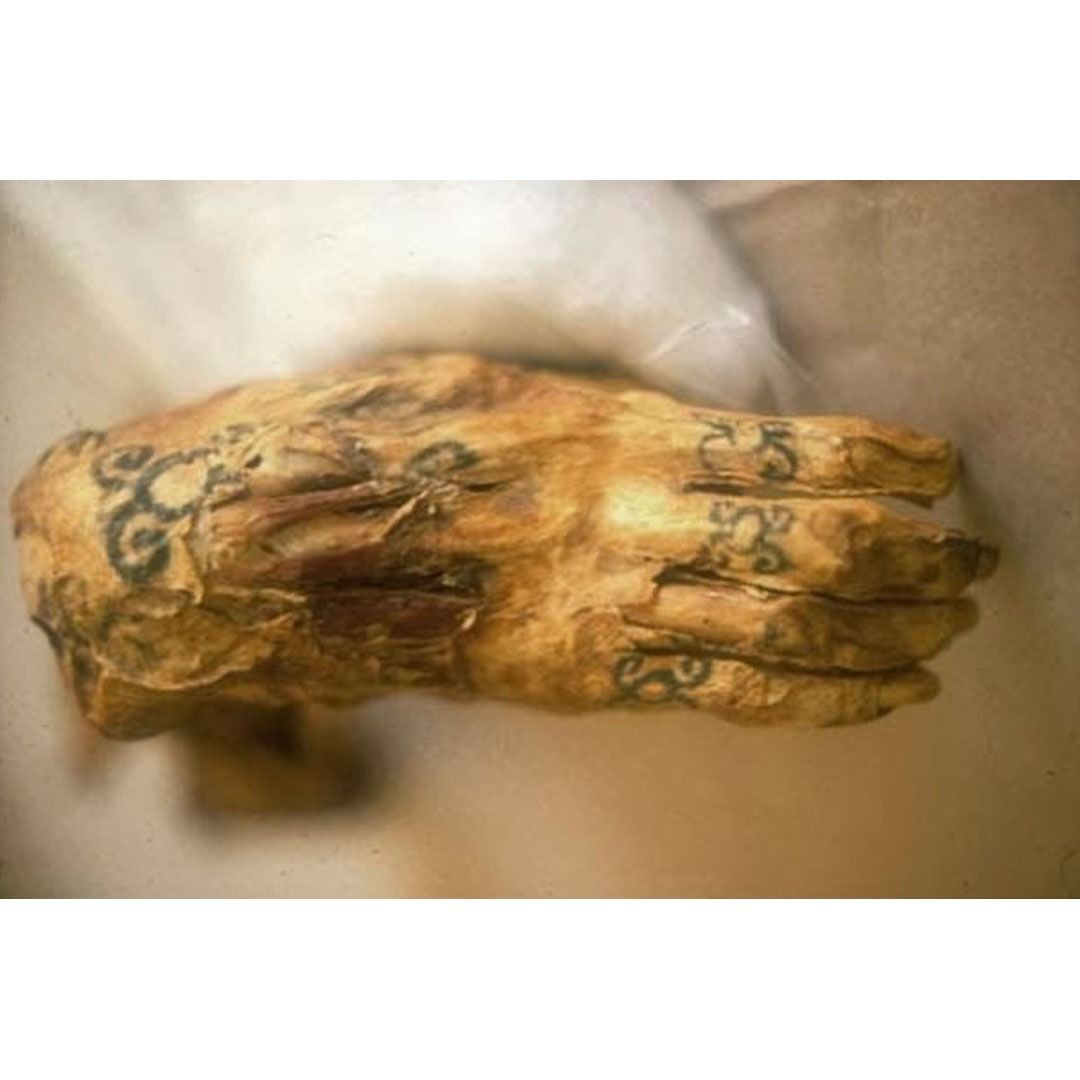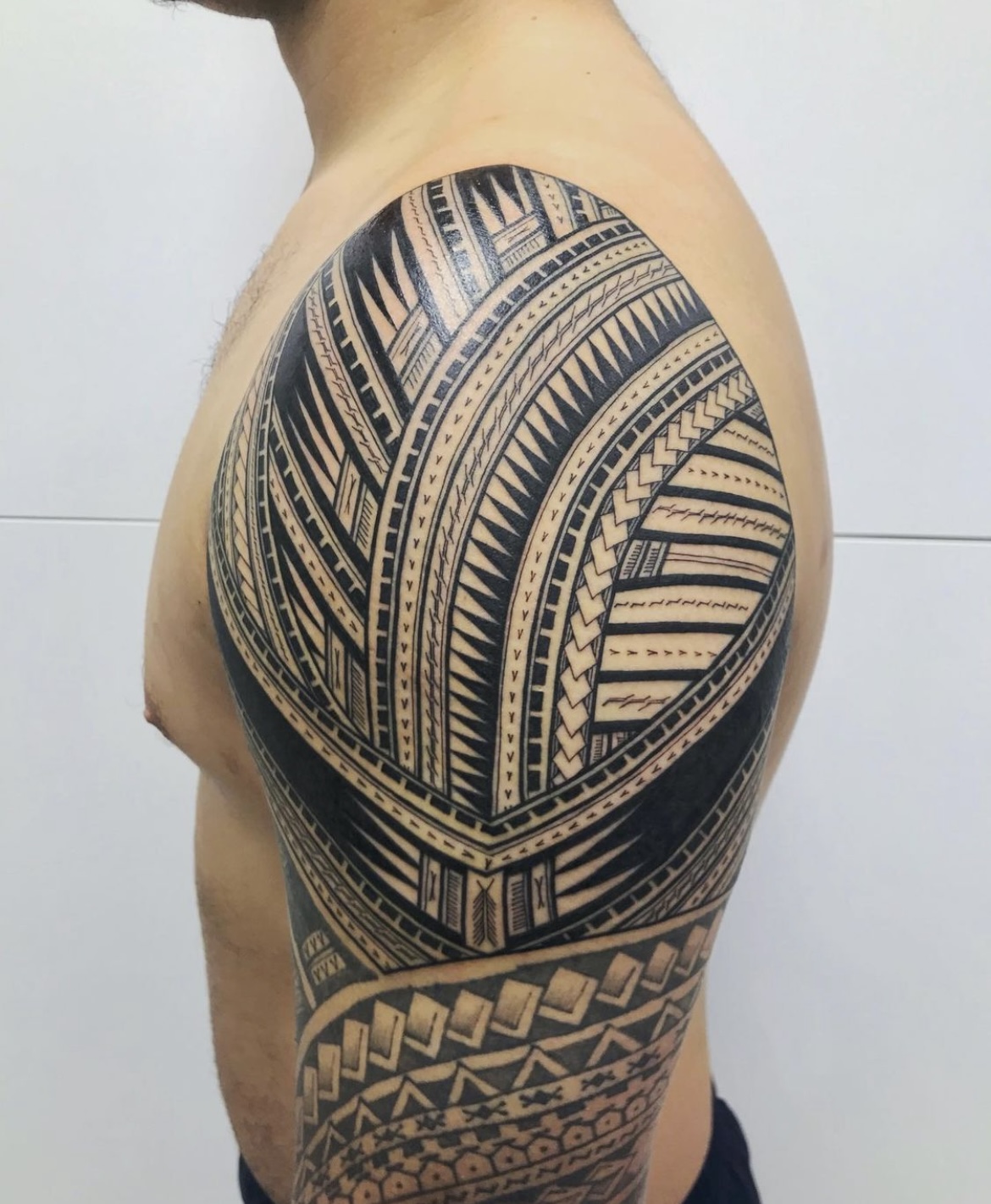Early Beginnings:

Tattooing dates back thousands of years, with evidence of its practice found in archaeological discoveries across the globe. From Ötzi the Iceman’s preserved tattoos dating back to 3300 BCE to mummies adorned with inked designs in ancient Egypt, tattooing has been a part of human culture since immemorial. These early tattoos served diverse purposes, from ceremonial rites of passage to symbols of status and identity.
Cultural Traditions:
Across different cultures and civilizations, tattooing has held varied meanings and significance. In Polynesian cultures, intricate tattoos known as “tatau” symbolized tribal affiliations, social status, and spiritual connections. In Japan, the art of irezumi (traditional Japanese tattooing) evolved into a highly revered form of body art, with elaborate designs reflecting mythology, nature, and folklore themes.

Indigenous Practices:
Indigenous tribes worldwide have long practiced tattooing as a form of cultural expression and spiritual significance. From the Maori of New Zealand to the Native American tribes of North America, tattoos played integral roles in rituals, ceremonies, and storytelling. These indigenous tattoos served as visual narratives, preserving ancestral knowledge and connecting individuals to their cultural heritage.
Modern Revival:
In the 20th and 21st centuries, tattooing experienced a global resurgence, evolving from its traditional roots into a dynamic form of self-expression and artistic innovation. Tattoo artists pushed the boundaries of creativity, incorporating diverse styles, techniques, and cultural influences. Today, tattoos symbolize individuality, creativity, and personal empowerment, transcending cultural boundaries and societal norms.



